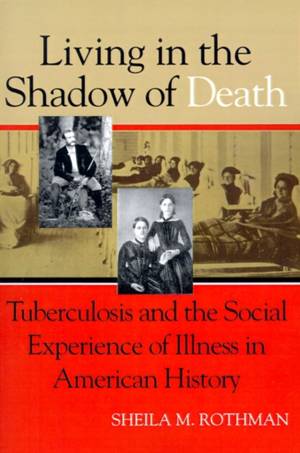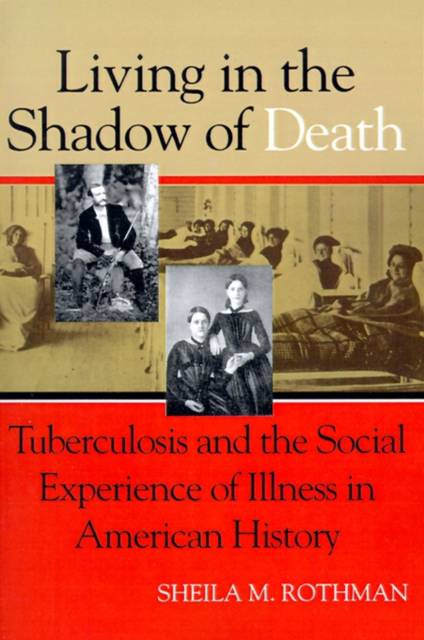
- Retrait gratuit dans votre magasin Club
- 7.000.000 titres dans notre catalogue
- Payer en toute sécurité
- Toujours un magasin près de chez vous
- Retrait gratuit dans votre magasin Club
- 7.000.0000 titres dans notre catalogue
- Payer en toute sécurité
- Toujours un magasin près de chez vous
Living Shadow Death Tuberculosis
Tuberculosis and the Social Experience of Illness in American History
Sheila M RothmanDescription
Tuberculosis--once the cause of as many as one in five deaths in the U.S.--crossed all boundaries of class and gender, but the methods of treatment for men and women differed radically. While men were encouraged to go out to sea or to the open country, women were expected to stay at home, surrounded by family, to anticipate a lingering death. Several women, however, chose rather to head for the drier climates of the West and build new lives on their own. But with the discovery of the tubercle bacillus in 1882 and the establishment of sanatoriums, both men and women were relegated to lives of seclusion, sacrificing autonomy for the prospect of a cure.
In Living in the Shadow of Death Sheila Rothman presents the story of tuberculosis from the perspective of those who suffered, and in doing so helps us to understand the human side of the disease--and to cope with its resurgence. The letters, diaries, and journals piece together what it was like to experience tuberculosis, and eloquently reveal the tenacity and resolve with which people faced it.
Spécifications
Parties prenantes
- Auteur(s) :
- Editeur:
Contenu
- Nombre de pages :
- 332
- Langue:
- Anglais
Caractéristiques
- EAN:
- 9780801851865
- Date de parution :
- 01-10-95
- Format:
- Livre broché
- Format numérique:
- Trade paperback (VS)
- Dimensions :
- 155 mm x 234 mm
- Poids :
- 498 g

Les avis
Nous publions uniquement les avis qui respectent les conditions requises. Consultez nos conditions pour les avis.






